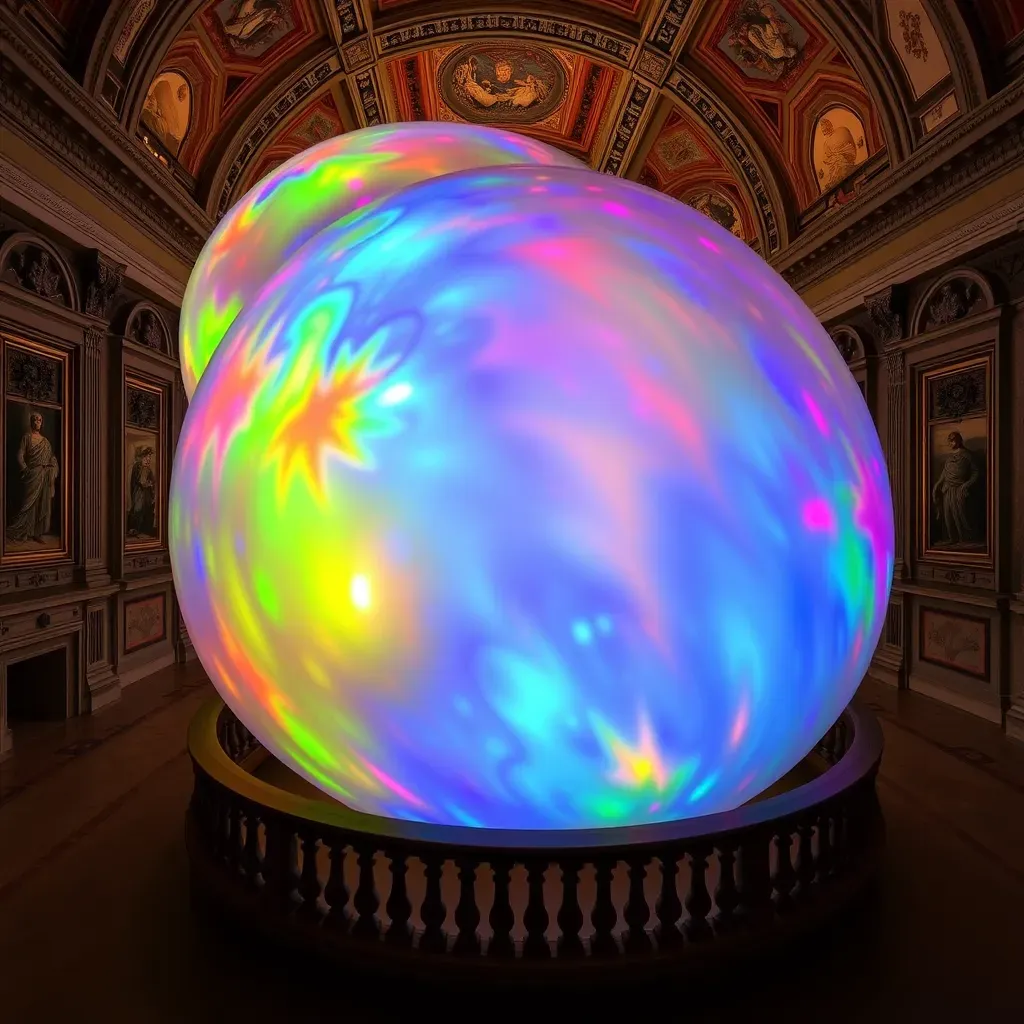Located along the serene Cannaregio Canal, the Palazzo Priuli Manfrin is a stunning example of Baroque architecture. Originally constructed in the 16th century, this magnificent palace has recently captured the attention of the renowned British-Indian artist Anish Kapoor, who plans to convert it into the headquarters for his foundation. The palazzo, once owned by the illustrious Priuli family, has a rich history and a legacy that intertwines with the grand narratives of Venice.
Historical Significance
The Priuli family, prominent figures in Venice’s aristocracy, first inhabited the palazzo, which features the family’s heraldic symbols dating back to 1520. Notably, Angelo Maria Priuli and his son Pietro, who served as a magistrate, were among the initial owners. Following the family lineage, the building changed hands over the centuries, eventually being acquired by Count Girolamo Manfrin in 1787. A wealthy tobacco merchant, Manfrin infused the palace with Neoclassical elements, which included a central balustrade and exquisite decorations crafted by notable artists such as Giovanni Battista Mengardi and Giuseppe Zais.
The Transformation of a Historical Landmark
After years of neglect, Kapoor’s acquisition of the Palazzo Priuli Manfrin signifies a new chapter for this historic site. The artist is committed to preserving its historical integrity while also infusing it with contemporary artistic vision. His foundation aims to create a vibrant cultural hub that will host exhibitions, workshops, and educational programs for artists and scholars alike.
Architectural Renovations
Designed by the architectural firms FWR Associati and UNA, the renovations will respect the original structure while modernizing its functionality. The plan includes transforming the ground floor into a gallery space featuring temporary exhibitions and a bookshop, with the upper floors designated for Kapoor’s significant collection of artworks. Notably, the double-height hall reflects the Palladian style, which is rare in Venice, making it a unique architectural gem.
Kapoor’s Artistic Vision
Anish Kapoor’s approach to art is deeply rooted in exploring the interplay between mass and void. Known for his large-scale installations that provoke thought and challenge perception, Kapoor’s work often delves into themes of identity, spirituality, and the human experience. His creations frequently incorporate reflective surfaces and vibrant pigments, inviting viewers to engage with them on multiple sensory levels.
Embracing Controversy and Innovation
Kapoor’s artistic journey has not been without its controversies, particularly regarding his exclusive rights to use Vantablack, the darkest pigment known to man. This decision sparked debates within the art community, with fellow artists expressing concerns over monopolizing a color. Kapoor, however, defends his use of this unique material as an exploration of the void and the nature of perception.
Exhibitions and Community Engagement
When the renovations are completed, the foundation plans to host a variety of events aimed at fostering a deeper understanding of contemporary art. Kapoor envisions a dynamic environment where artists can collaborate and share their experiences while engaging with the public. The foundation will also work closely with local museums and cultural institutions, enhancing Venice’s already rich artistic landscape.
Future Prospects
As Kapoor continues to develop his vision for the Palazzo Priuli Manfrin, he remains focused on the importance of artistic freedom and exploration. The palazzo is set to open to the public in the near future, and the anticipation surrounding its transformation reflects the artist’s commitment to revitalizing this historic landmark while preserving its essence.
A Cultural Legacy
The Palazzo Priuli Manfrin stands as a testament to the enduring power of art and its ability to transcend time and space. Kapoor’s dedication to this project not only honors the history of the building but also paves the way for future generations of artists to find inspiration within its walls. As this historic palace undergoes its transformation, it is poised to become a vital part of Venice’s contemporary art scene.
